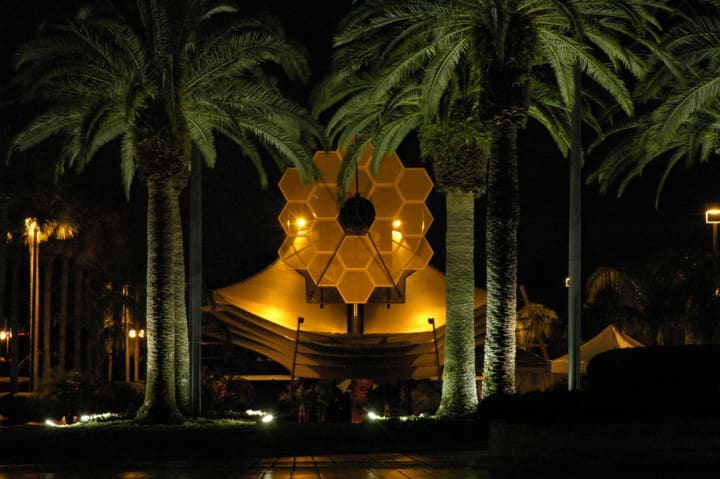It Is Time To Get Excited About James Webb
The next generation space telescope is going to slap

The James Webb Space Telescope is the next generation of space observatory that is scheduled to be put into space by the end of 2021. The James Webb Space Telescope (JWST) is larger, more advanced and covers a broader spectrum than the extremely successful Hubble Space Telescope. When the JWST finally launches, it will launch with it a new era in space exploration and a brand new chapter for modern astronomy. It is time to get excited now.
Bigger and badder
The Hubble Space Telescope was a wild success that pushed the limits of human understanding of the cosmos to new exciting levels. Hubble was instrumental in seeing deeper into space than ever before. It provided curious humans with thousands of high quality photos of deep space and millions of data points. According to NASA, information acquired by Hubble was used in over 18,000 peer reviewed papers on astronomy and physics. Hubble confirmed that the universe was expanding, just as its namesake suggested, and it uncovered the mystery of dark energy and dark matter hiding among the stars.
And James Webb is bigger and better than Hubble ever was.
There are high hopes that the James Webb will be able to peer even further into space and potentially even capture the very earliest moments of the universe. Its massive mirrors and wide spectrum observation tools should be able to capture images and structure of the very first galaxies as they formed after the Big Bang.
This power is derived from the much larger primary optical mirror on the JWST than the Hubble. The Hubble Space Telescope had a primary mirror diameter of 2.4 meters compared to the 6.5 meter diameter mirror that the James Webb Space Telescope boasts.
The James Webb Space Telescope will also orbit at a much farther distance than the Hubble. Right now, Hubble is in a relatively low orbit around the Earth which impacts its ability to get clear shots of deep space. With the increasing amounts of space debris and junk in orbit, it would be hard, and dangerous, to keep such an important piece of equipment so close to Earth's atmosphere.
The JWST will orbit at roughly 1.5 million kilometers from the Earth which is an orbit that puts it farther out than the moon.
The JWST is also hoping to be able to peel back the maddeningly obscure layers of dust that blanket many key facets of the universe. The places where stars are born, the dust clouds that permeate the structure of most major galaxies and other seemingly unknowable places.
Yes, there are many hopes for the JWST and it is hard not to get excited about what exactly it will uncover once it gets up into orbit.
Delayed gratification

Unfortunately, the launch of the JWST was delayed yet again. COVID slowed its development and now the new date for launch is late 2021, pushed back from a hopeful autumn launch date. We do not want anything to go wrong with the launching and testing of the JWST as it is the largest and most expensive space observatory ever built but the delays are frustrating to say the least.
Despite the setbacks, it is hard not to feel anticipation for the launch of the next generation of astronomy research. If the JWST can replicate the level of success that Hubble had during its long run then we are in for a treat. The discoveries we will be privy to once the JWST gets up and running could be groundbreaking.
After over a decade of speculation, design, research, delays and hope the James Webb will hopefully get into orbit this year.
I, for one, cannot wait to see what it sees.
Keep an eye on the sky
You can follow updates and developments about the James Webb Space Telescope via NASA. In the meantime, Hubble continues to do its job long after its mission was supposed to have ended. Hubble continues to put in the hard work thirty years after its initial launch. We can hope after all of the work put into the JWST that it too can get thirty years of solid observational work.
About the Creator
Grant Piper
A professional freelancer with a knack and passion for telling stories.






Comments
There are no comments for this story
Be the first to respond and start the conversation.